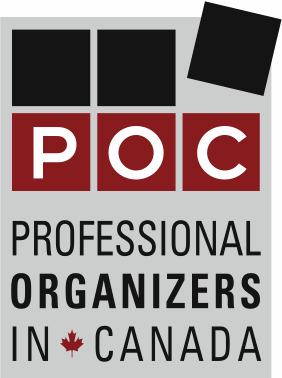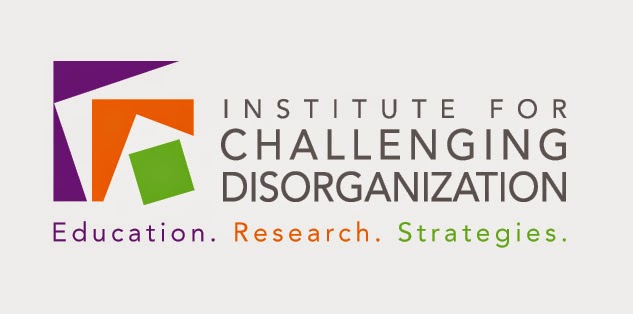I don’t know if you are aware, but since May of 2013, compulsive hoarding has been identified as a mental health disorder. In the fifth edition of the Diagnostic and Statistical Manual of Mental Disorders (DSM-5) - the DSM is produced by the American Psychiatric Association and is viewed as the supreme authority on mental health disorders - hoarding disorder, or compulsive hoarding, was recognized as a diagnosis. Prior to that time, hoarding behaviour was considered a symptom of Obsessive Compulsive Disorder (OCD).
Now, there’s
a key difference between those with OCD and those with hoarding disorder:
people who suffer from OCD generally are aware of their disorder. In contrast,
people with hoarding disorder have very little insight into the severity of a
hoarding situation. Despite the many risks, such as fire hazards, poor
sanitation, or safety hazards, which can exist in a hoarding situation, the
individual just doesn’t see a problem.
TV shows and
media coverage have brought the reality of hoarding into our homes, but they
don’t present a full picture. We aren’t educated as to the reasons one may
hoard, or the impact it has on their relationships with others. The person who
hoards is often portrayed as irresponsible and selfish. It is more likely, they
just don’t understand what all the fuss is about. Remember: they have very
little insight into the severity of their own situation.
Now, did you
notice that I haven’t used the label hoarder
in discussing this topic? This in not just by chance. Professional organizers
and other related professionals generally do not use that word. I’ve heard hoarder used colloquially, and I have to
admit, it makes me uneasy. Maybe that’s because I truly understand what
hoarding looks and feels like, maybe it’s because it reminds me of schoolyard
name-calling. Regardless, what you will hopefully experience in a professional context
is a gentler reference to a hoarding situation,
or someone who demonstrates hoarding
tendencies, or anything to that effect.
This may just sound like nothing more than a convoluted way of saying
the exact same thing, but it comes down to
matter of respect.
One thing
you can be sure of, where there is hoarding, there is hurt and frustration. The
person who is actively hoarding may not experience these emotions, but the
people who care about him or her likely are.
Just something to bear in mind if you know, or suspect that someone you
know, struggles with compulsive hoarding.


